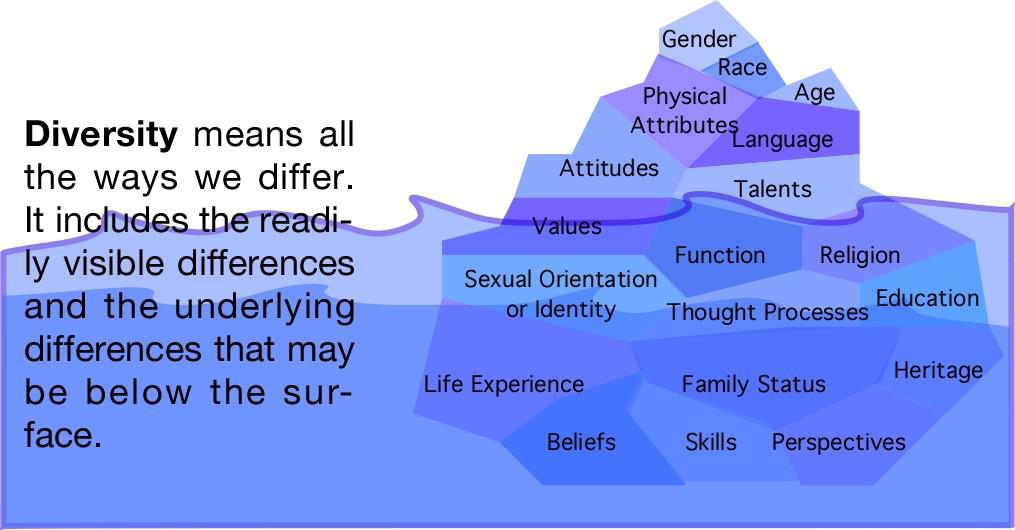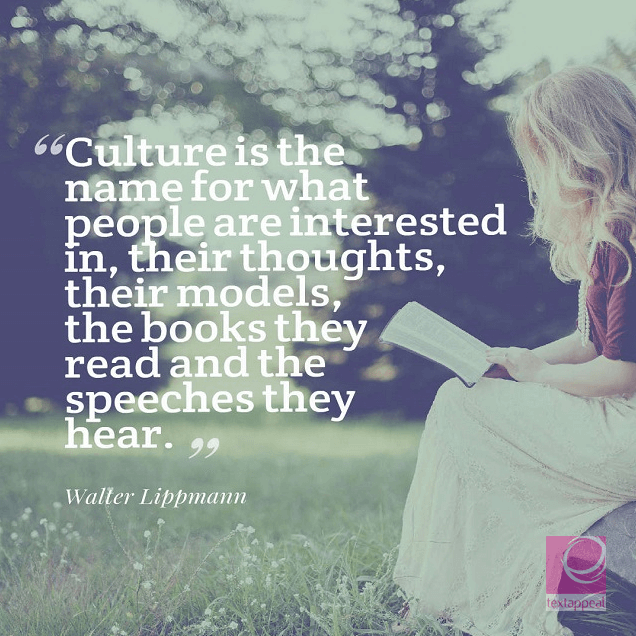
Our culture plays a significant role in shaping us. Sometimes we take these ready-made cultural identities and embrace them as our own, without questioning whether they hold true for us. It’s important to take a step back and consider if they align with all the other aspects of your persona. By following these three steps you’ll be able to create a balanced cultural identity and use it to your advantage in our globalized society. (Estimated reading time: 5 minutes)
“We may have different religions, different languages, different colored skin, but we all belong to one human race.”
— Kofi Annan
How do you answer the question, “Where are you from?”
Many respond by naming the place they grew up, or the country their passport is from.
We tend to give a bite-sized version of our origins. What we don’t tell the others, is if those places are a true representation of who we are at our core.
Whether we like it or not, a lot of us rely on stereotypes to understand people better. It’s our way of coping with the immense diversity of the planet. For example, if someone says they are Japanese, we assume they are reserved, and they’re anime and sushi fanatics. We might label an Italian as being boisterous, fashion-loving, and a pasta aficionado.
Sometimes we take these ready-made cultural identities to heart and embrace them as our own, without questioning whether they hold true for us. While our culture plays a significant role in shaping who we are, it’s only one piece of the puzzle. Our personas are a mosaic of various influences based on a combination of our values, beliefs, behavior, education, and appearance.
Identity is deeply personal, and it guides every choice we make. It’s a critical determinant of our destiny. When our culture defines a large part of us, we inherit the beliefs, rules, rituals, and norms of our ethnic or national group through participation in communal activities. It impacts how we present ourselves to the world, from the clothes we wear to our dietary preferences.

The more traditional we are, the more we tend to rely on those cues to provide us with a sense of self and how we perceive the world around us. Problems occur, however, when we get overly attached. It’s easy to reach the point where we block everything else out and stay ignorant of other realities.
We stay closed off to other influences because we experience a mental discomfort called cognitive dissonance – a state of having inconsistent beliefs and values. We prefer consistency in our perceptions and attitudes. When faced with conflicting ideals, we reduce uneasiness by rejecting and avoiding information that isn’t in line with the collective.
I’ve seen this happen in my own culture where relatives and friends follow Indian traditions like arranged marriages or choosing socially acceptable careers (like doctors, engineers, or business professionals), because it’s the “right” thing to do, and it would please their family.
To be clear, I’m not suggesting that you should rebel against tradition, especially if your cultural values resonate with you. What I am advocating is for you to know that you have a choice.
Culture is not the absolute truth, and you have the freedom to choose what you take in. Writer Matthew Screech once said that cultures produce myths—popular realities which are accepted readily, even uncritically—to make things simple and absolute.

As a child of immigrants, I was often torn between cultures and felt pressure to be defined by a single group. Eventually, I learned that it’s okay to assimilate the various cultural stimuli I was exposed to in my host country and ethnic community, as well as pop culture and the associations that influenced me. Fusing these micro-identities made me unique, not a pariah.
Combining identities sparks innovation, according to historian Yuval Noah Harari. He says that contradictory beliefs and values are an inseparable part of human nature and is responsible for the creativity and dynamism of our species.
In his book “Sapiens,” he writes:
“Just as when two clashing musical notes played together force a piece of music forward, so discord in our thoughts, ideas and values compel us to think, re-evaluate and criticise. Consistency is the playground of dull minds.”
If you feel conflicted about merging different cultural influences and beliefs, here are a few ways you can balance your identity:
1. Develop a transcultural identity: Often, people who have multiple cultural influences can feel forced to choose. But that doesn’t have to be the case—it’s possible to fuse aspects of two or more cultures and synthesize an identity that feels authentic. People who associate with different cultures and nationalities are called transcultural.
Developing a transcultural identity gives us the freedom to draw practices and beliefs from various religious, linguistic, cultural, and ethnic backgrounds that transcend national boundaries.
An example of transculturalism is an Arab immigrant living in the United States who listens to K-pop music, practices Vipassana, speaks French and Arabic fluently while identifying with American values.
2. Join international and multicultural communities: The groups we belong to have a significant impact on our identity. If you spend more time around those who are monocultural and ethnocentric (those who see the world through the lens of one culture), you may feel uncomfortable about exploring other sides of your cultural identity.
To combat this, consider joining international communities where you can meet other people who share the same worldview as you do. There are several organizations for expatriate, immigrant, multinational, and culturally open individuals that are dedicated to addressing their needs and concerns. These institutions have resources and host events that can provide a sense of belonging and a community that affirms your identity.
3. Realize you are part of a larger and progressive trend: We’re living in an era of globalization, where a growing number of people travel, study, work, and live outside their home countries and their communities. There’s increasing diversity in our workplaces, neighborhoods, and online spaces. We now find ourselves interacting with people from all kinds of backgrounds. The lessons you learn from juggling multiple cultural identities will provide the insight and empathy needed to connect with a diverse community on a deeper level.
Conforming to a single culture is a disadvantage in a globalized society where identity is no longer static and solely based on culture. By forming a transcultural identity, you develop a nuanced understanding of others and become more capable of bridging any differences.
The labels that we’re given are nothing but human constructs – categories we’ve created to simplify the incredible variety within our species. Yet, those labels can never fully capture our soul’s essence. When we let go of our attachment to a single cultural identity, we liberate ourselves to explore other facets of our being that are timeless, nameless, and formless.
All my best on your journey,
Seline

Question for you: What are the main cultural influences in your life? How has each one impacted how you see yourself and the world around you?
Did you like this post? Sign up below, and I’ll send you more awesome posts like this every week

I just wanted to say I absolutely LOVE that iceburg image and concept! That is the best way i have found yet to describe this fairly complex idea and notion. It is easy to understand, yet also doesn’t ignore everything that is going on. Is it ok if I share that and this blog with some of my friends? I am sure they will love it and everything else you have to say here!
Lots of good information here to process and digest. Thank you for sharing it with us. Thank you for taking the time to offer these insights to us. I will be sharing this blog for sure and recommending it to my friends as well!